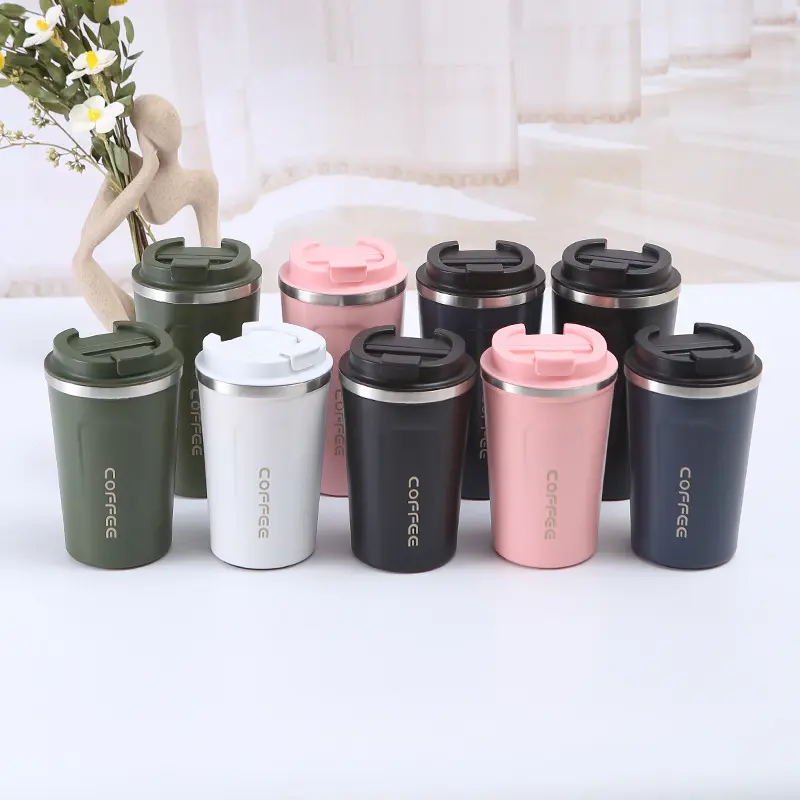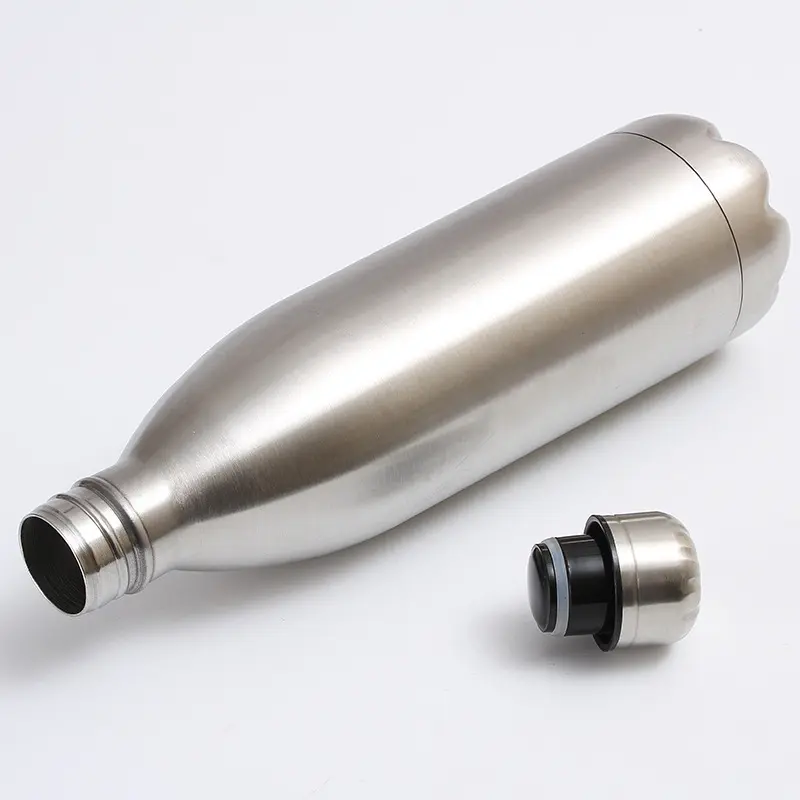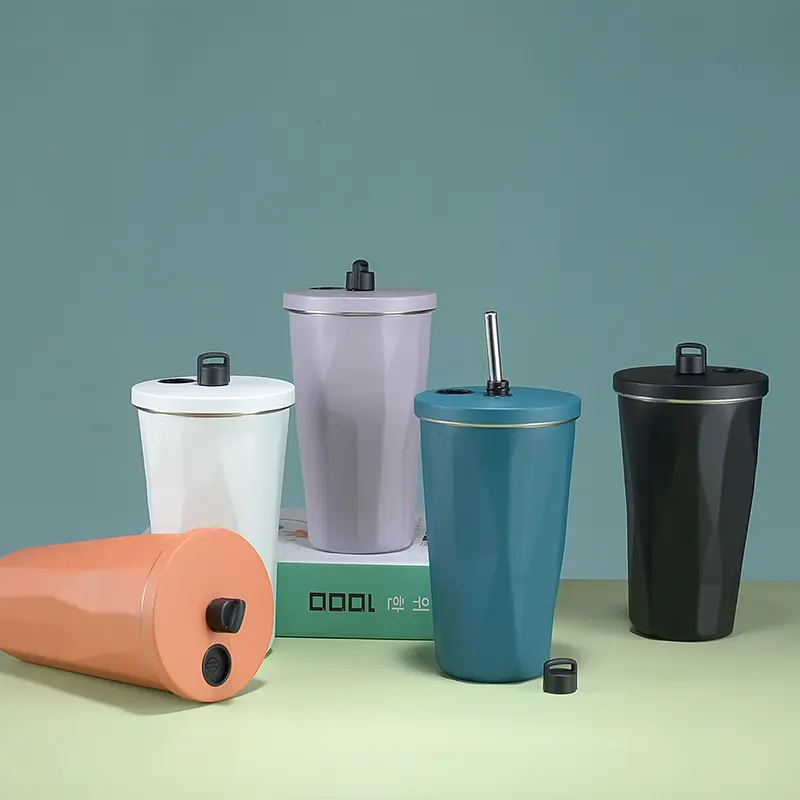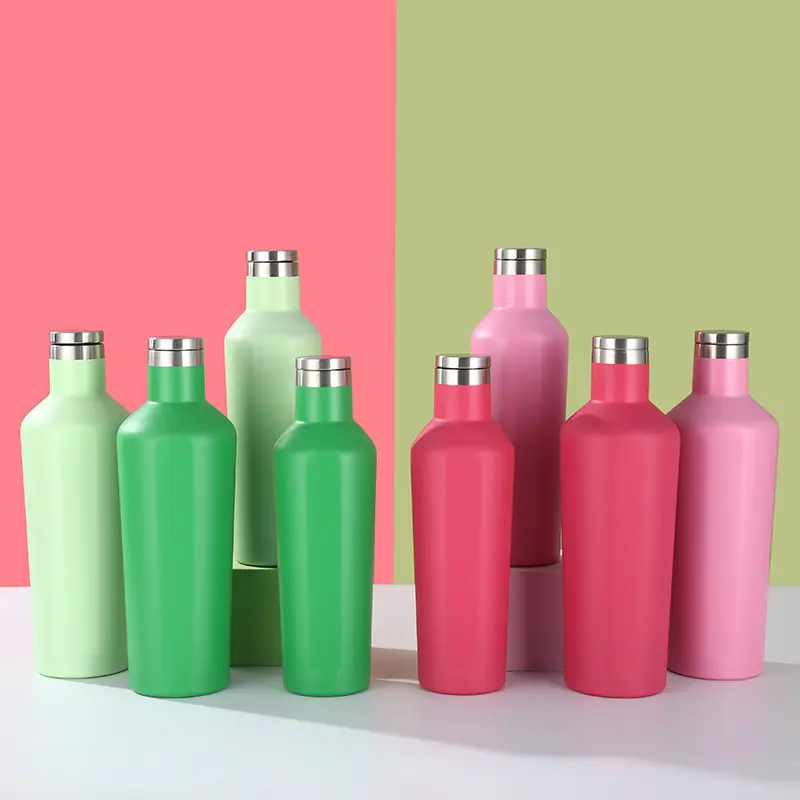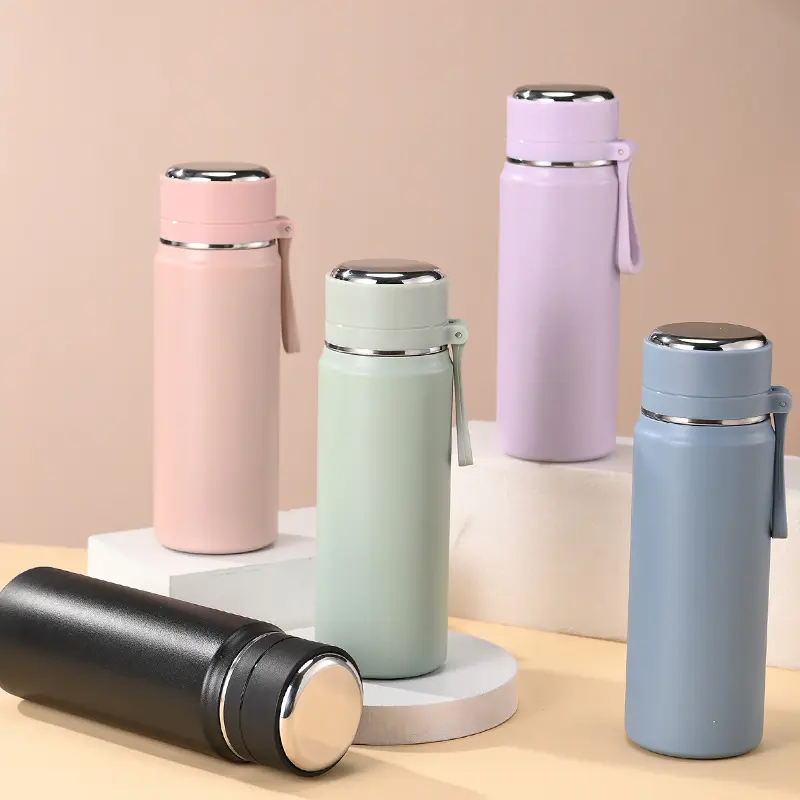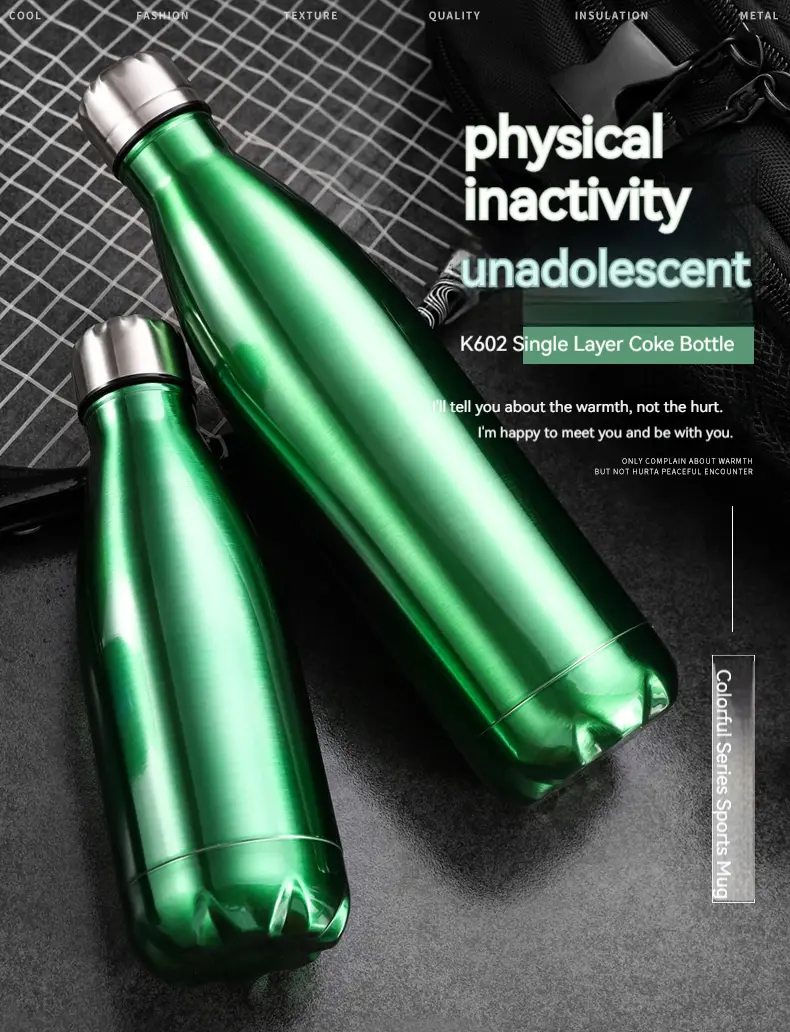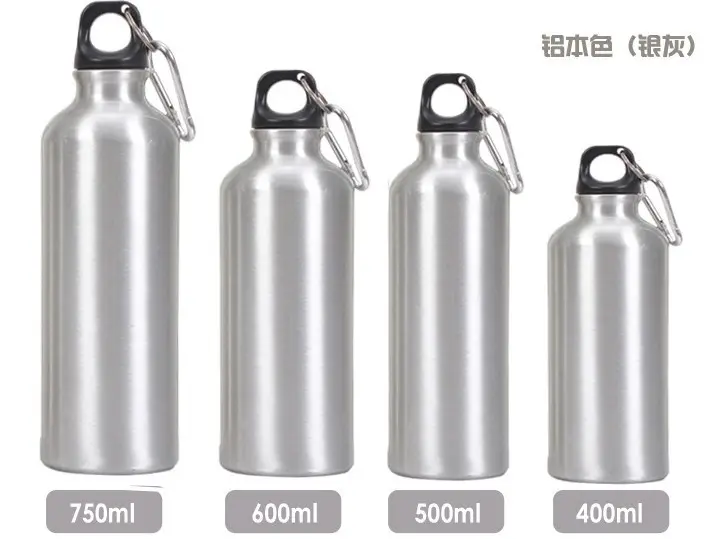Is 316 stainless steel better than 304 stainless steel in stainless steel water cups?
Today we will briefly talk about the comparison between 316 stainless steel and304 stainless steel.
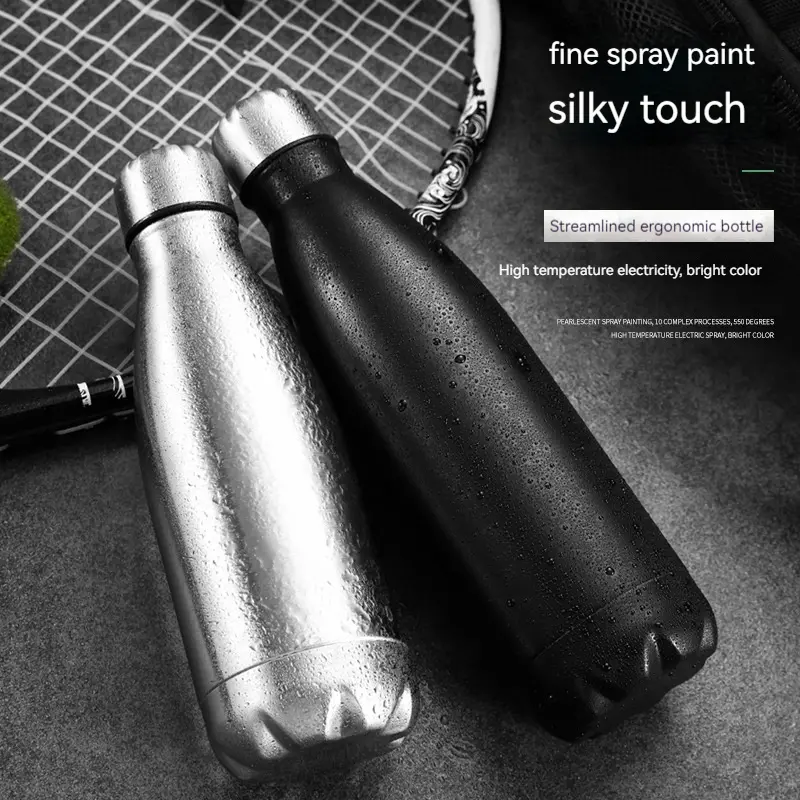
When you buy water cups, you will find that many stainless steel water cups will be stamped with 304 or 316 steel stamps on the bottom. Other types of stainless steel materials are basically invisible. This is because 304 stainless steel is an internationally recognized food-grade material, while 316 stainless steel is a medical-grade material. In terms of raw materials, due to different production components, the price of 316 stainless steel is higher than that of 304. Price cannot be used as a standard of quality, but can only represent different uses of the material. 316 stainless steel is usually used as medical scissors, scalpels and other medical instruments.
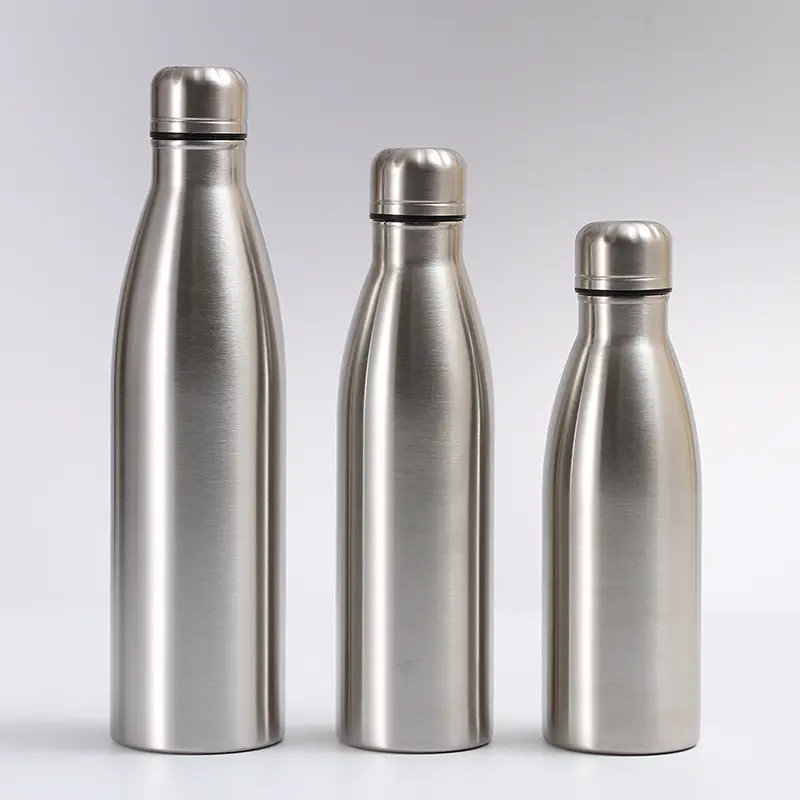
304 stainless steel has been tested by many authoritative organizations and is used to produce water cups. It is safe and has no side effects for long-term use. It is also easier to produce and process due to the stability and corrosion resistance of the material itself. 316 stainless steel cups have been widely used in water cups in the past two or three years. We do not deny the safety of 316 stainless steel, nor do we deny the desire of consumers to pursue a higher quality of life. However, after comparing the two materials, we found that if Consumers stubbornly believe that 316 stainless steel is better, and they are willing to pay a higher price to buy a water cup with the same function for the material. In fact, it is unnecessary. If the prices are comparable, we think it will be more psychologically balanced if everyone turns to 316 stainless steel thermos cups. But why do so many consumers insist that 316 stainless steel is better than 304 stainless steel?

Let me give you an example to judge. If we add waterproof material to the roof of our house, the first layer of waterproof material can fully meet the use of the house and ensure that it will not leak for 30 years. However, we feel uneasy and need to add a few more layers. The purpose of layering is to ensure 100% water leakage, which is understandable. However, from the perspective of reasonable application of materials, it can only be said that you are rich and willful and want to ensure safe use. This does not mean that you must pursue materials with higher labels, but You should follow the editor to learn the skills of identifying water cups, and train yourself to have a sharp eye, so that you can judge whether the water cup is safe and meets the standards the first time you buy it. In this way, everyone will not be deceived by some profit-seeking merchants because of their blind pursuit of high-grade materials.
Whether it is the international industry requirements or the domestic water cup industry requirements, there is no hard requirement that the material label must be stamped on the bottom of the water cup liner. These are just a means for manufacturers to show that they use safe materials. If you just see 316 on the bottom If you think this is a 100% safe water bottle with the steel seal, then you are just like the consumers who were deceived in this way.



